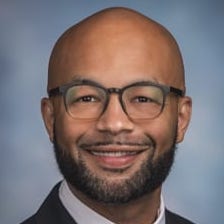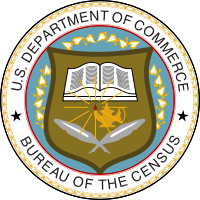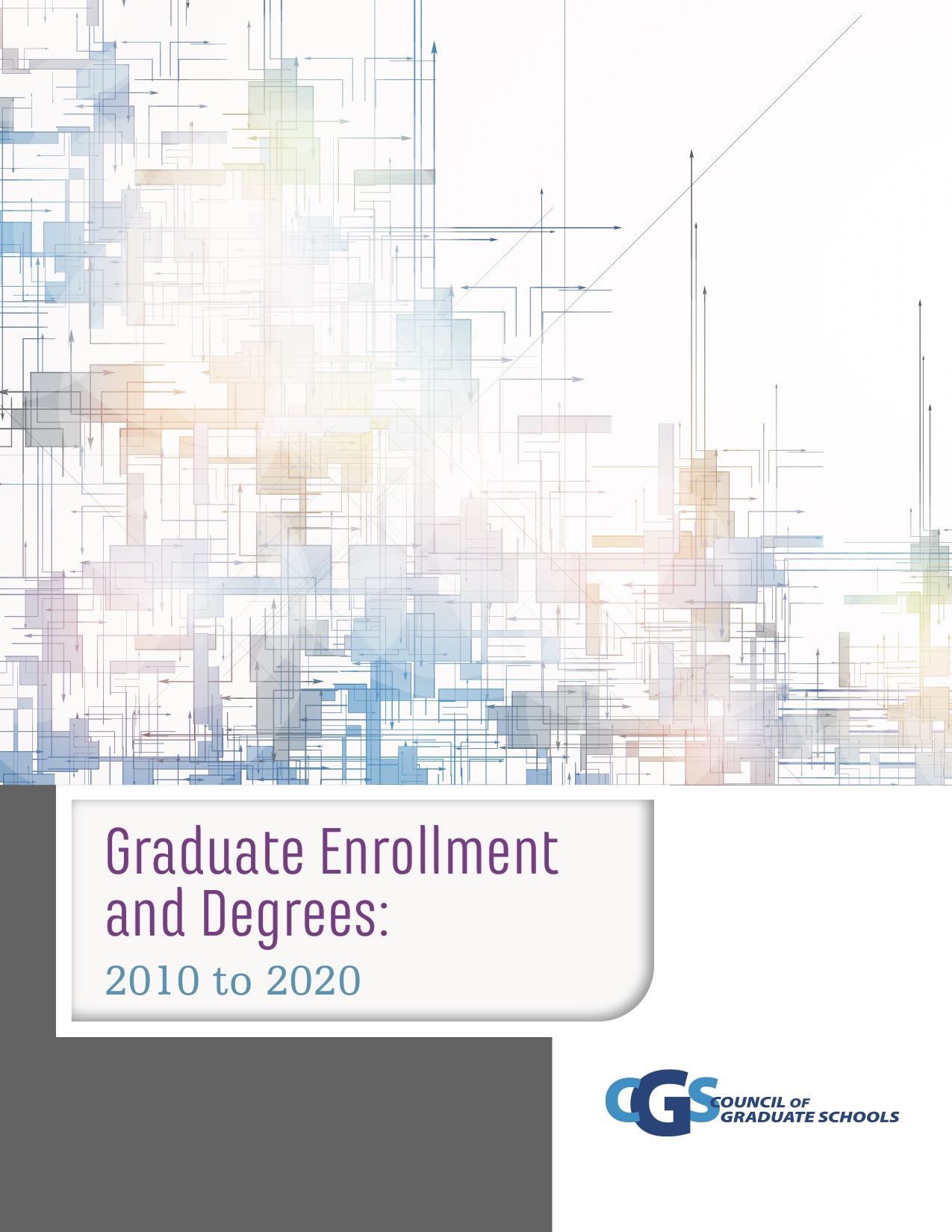Racial Differences in School Enrollments and High School Graduation Rates
In October 2020, were nearly 3 million African American adults over the age of 18 who were not high school graduates. There were more than 900,000 African Americans over the age of 65 who had not graduated from high school. They made up about one sixth of all African Americans over the age of 65.
Georgia State University Scholar Looks at Factors Contributing to Successful Black Marriages
Much has been written about the disintegration of the traditional family structure in the African American community and the struggles of single parents in raising their children. But a new study led by Antonius Skipper, an assistant professor of gerontology at Georgia State University, focuses on factors that lead to successful Black marriages.
An Urgent Need to Focus on Retention Programs for African Americans in Higher Education
In 2020, there were 711,000 African American first-year students at undergraduate colleges and universities. That same year, there were only 220,000 Black students in their fourth year of undergraduate study.
The Pandemic Caused a Huge Drop in U.S. Students Studying Abroad in Africa
Of all U.S. students studying abroad in the 2019-20 academic year, 5,444 attended universities in sub-Saharan Africa. Sub-Saharan African nations sent seven times as many students to American universities as America sent to sub-Saharan African universities.
How Food Insecurity Impacted Black Students’ Persistence Rates During the Pandemic
For Black students who were enrolled in the fall of 2020, those that were food secure had a 85.7 percent persistence rate for the spring 2021 semester. For those who were food insecure in the fall of 2020, only 76.5 percent returned for the spring 2021 semester.
New Reports Shows How HBCUs Are a Major Contributor to Social Mobility for African...
On average and across institution type, when it comes to mobility rates HBCUs outperform all other categories of educational institutions and are double the national rate. HBCUs are the primary postsecondary driver for moving Black Americans from poverty to the middle class.
Racial Disparities in Assignments of Less Invasive Prostate Cancer Screening Tests
The study found that Black men were at least 23.6 percent less likely than their White counterparts to receive an MRI exam following a prostate-specific antigen blood test. Prostate MRIs are increasingly being used to reduce the need for invasive biopsies.
Students From Sub-Saharan African Nations at U.S. Colleges and Universities, 2020-21
The Institute for International Education reports that in the 2020-21 academic year, there were 39,061 students from sub-Saharan Africa enrolled at colleges and universities in the United States. This was down by 6.3 percent. But overall international student enrollment was down by 15 percent.
Are Racial Issues Discussed in the Nation’s Predominantly White Classrooms?
A new study is examining how teachers are approaching the subjects of race and inequality with their students, particularly students in kindergarten to eighth grade. They found that in both urban and rural schools in the state of Minnesota, the issue of race was rarely brought up.
Exposure to Discrimination Can Have Serious Negative Effects on the Health of Young Adults
A new study led by researchers at the University of California, Los Angeles has found the effects of discrimination may be cumulative — that the greater number of incidents of discrimination someone experiences, the more their risk for mental and behavioral problems increases.
The Black Percentage of All U.S. Students Who Studied Abroad Took a Big Hit...
In 2000, just 3.5 percent of all U.S. students studying abroad were African Americans. By the 2018-19 academic years. Blacks made up 6.4 percent of all U.S. students who studied abroad. But this progress was halted and reversed to some extent by the global pandemic.
No Progress Over the Past Decade in Diversifying Surgical Faculty at U.S. Medical Schools
Researchers used data from 140 U.S. medical schools to assess trends from 2011 to 2020. They found that diversity was greater among medical students than among faculty. The data showed that faculty from all underrepresented groups remained unchanged at about 11 percent.
Study Finds Everyday Exposure to Police May Be Harmful to the Mental Health of...
“While there has been growing attention toward the deaths of Black Americans by police, less focus is being given to the everyday, routine encounters that Black youth have with police,” said lead author Monique Jindal.
Are Black Athletes Returning to Play Too Soon After Suffering a Concussion?
A new study led by researchers at the Vanderbilt Sports Concussion Center and the University of Alabama found that for athletes competing in middle school, high school, and college sports, Black athletes reported a shorter time between injury and symptom resolution and spent fewer days out of school than their White peers.
Are Admissions Lotteries a Good Way to Boost Racial Diversity in Higher Education Enrollments?
The current research found that using minimum lottery thresholds for GPA and standardized tests, both together and separately, the participation of students of color and low-income students dropped precipitously, in some models to levels below 2 percent of the entering class.
Teenagers Largely Reflect Their Parents Views on Race
Researchers found that on some issues, partisan gaps among teens were larger — though not much larger — than those among adults. This larger gap is mainly driven by teenagers from Republican families having on average more right-leaning perceptions than their parents.
Study Finds Persisting Racial Inequality in Access to Financial Services and Credit
The Brookings Institution study finds that there are stark contrasts in access to credit for African Americans: Interest rates on business loans, bank branch density, local banking concentration in the residential mortgage market, and the growth of local businesses are markedly different in majority Black neighborhoods.
How Black Enrollments in Higher Education Have Been Impacted by the Global Pandemic
New research from the National Student Clearinghouse Research Center finds that Black enrollments in higher education are down 5.1 percent from a year ago and by more than 11 percent over the past two years. The steepest declines are at the community college level.
Comparing College Student Voter Participation Rates by Race and Gender
Nationwide, 66 percent of college students cast ballots in 2020, up from 52 percent in 2016. The survey found that 63 percent of all African American college students voted in 2020. In 2016, 53 percent of all Black college students voted.
A Hidden Tragedy of the COVID-19 Pandemic: Orphaned Black Children
From April 1, 2020 through June 30, 2021, data suggest that more than 140,000 children under age 18 in the United States lost a parent, custodial grandparent, or grandparent caregiver who provided the child’s home and basic needs. Black children were 2.4 times as likely as White children to lose a caregiver.
University Study Finds No Progress Toward Racial Equality in Buffalo in 30 Years
"The poverty rate, household income, homeownership, employment — not only is there no progress, there’s no change. We’re saying that in a lot of ways the situation is more entrenched, more solidified.”
UCLA Study Finds a Racial Bias Among Physicians in Prescribing Pain Medicine
A new study by Dan P. Ly, an assistant professor at the Geffen School of Medicine at the University of California, Los Angeles, finds that physicians prescribed opioids more often to their White patients who complained of new-onset low back pain than to their Black patients.
Black Students’ Scores on the ACT Test Continue to Fall and the Racial Gap...
In a year when many test dates were postponed or canceled due to the global pandemic and when many colleges and universities made standardized test scores optional, the persistent racial gap in scores on the ACT college entrance examination grew wider. Whites were more than five times as likely as Blacks to be prepared for college-level work in all four areas of English, math, science, and reading.
A Snapshot of African American Enrollments in Graduate School After the Onset of the...
In the fall of 2020, 53,754 African Americans enrolled in graduate school for the first time. African Americans made up 12.3 percent of all first-time graduate enrollees from the United States in 2020. Of these, 69.4 percent were women.
The Lingering Effects of the Federal Government’s Redlining of Black Neighborhoods
Beginning in the 1930s and 40s, the federal government delineated areas where mortgages could be insured. These redlining policies, which remained in effect until the 1960s, led to decades of community disinvestment, concentrated poverty in inner-city neighborhoods, and denied residents the ability to build intergenerational wealth through homeownership. Health impacts remain to this day.
The Large Racial Gap in Home Internet Access in the Rural South
A new report from the Joint Center for Political and Economic Studies finds that in the Black rural South, 25.8 percent of residents lack the option to subscribe to high-speed broadband compared to 8.8 percent of non-southern rural residents and 3.8 percent of all Americans. Even where broadband is available in the Black rural South, many find it unaffordable.
Study Finds Differences in Perception of Mental Health Providers’ Cultural Competence
A new study by researchers at Yale University, the Memorial Sloan Kettering Cancer Center in New York, and Vanderbilt University finds that patients who identify as racial and ethnic minorities prefer medical providers who share and understand their culture, but those patients are not as likely as others to access providers who can provide such care.
African Americans Are Making Slow Progress in Closing the Racial Gap in Investments
Researchers examined investment account ownership across more than 80,000 households of differing racial and ethnic backgrounds over a six-year period. They found only about a quarter of African American adults owned a taxable investment account, and more than half owned no investments of any kind.
A Snapshot of African American Enrollments in Private K-12 Schools in the United States
Of the more than 4.6 million students enrolled in private schools in the United States in 2019, 9.4 percent were Black or African American. Blacks made up a greater percentage of students in smaller private schools and in private schools in urban areas.
Yale University Study Finds Racial Bias in Emergency Room Procedures
A new paper by researchers at Yale University finds racial disparities in the use of physical restraints on children who are admitted to the hospital emergency department. Black children are significantly more likely than White children to be subdued with restraints during visits to emergency rooms.
New Study Find that Systemic Racism May Effect the Safety of the Food Supply...
A new study by researchers at the University of Houston found a significant disparity in the quality and safety of food available in low- versus high-income communities. The results may explain - at least in part - the high levels of gastrointestinal illness in predominantly Black urban neighborhoods.
The Persistent Black-White Poverty Gap Hinders African American Access to Higher Education
In 2020, 17.4 percent of all Black families were living in poverty. The government defines the poverty rate for a four-person family - two adults and two children - as having an annual income of less than $26,646. For non-Hispanic White families, only 5.7 percent were living below the poverty threshold.
Adding Ethnic Studies to High School Curricula Improves Performance and Graduation Rates
In one California school district, ninth graders with a grade-point average of 2.0 or under were automatically enrolled in an ethnic study course. The research showed that enrollment in ethnic studies substantially increased high school graduation, attendance, and the probability of enrolling in college.
Experiment in Problem Solving Finds Whites Pay Less Attention to the Ideas of Their...
Researchers from Columbia University and the University of Texas at Dallas gave a puzzle to a diverse group of participants. Each person was able to see how their peers solved the same puzzle and could choose whether to learn from them. They found that participants were 33 percent more likely to pay attention to and learn from White peers compared to Black ones.
The Racial Income Gap Narrowed in 2020, But There is Still a Long Way...
In 2020, the median Black household income was 61.2 percent of the median income of non-Hispanic White families. This is an increase from 59.7 percent in 2019. However, with only minor fluctuations, the racial gap in median income has remained virtually unchanged for more than a half-century.
Emory University Study Finds Racial Disparities in Heart Condition Among College Football Players
The study found no racial differences in concentric left ventricular hypertrophy among college football athletes that played on the offensive or defensive lines. But for skilled position players - quarterbacks, receivers, and running backs - a higher percentage of Black collegiate football players were more likely to develop concentric left ventricular hypertrophy than White football players.


















































